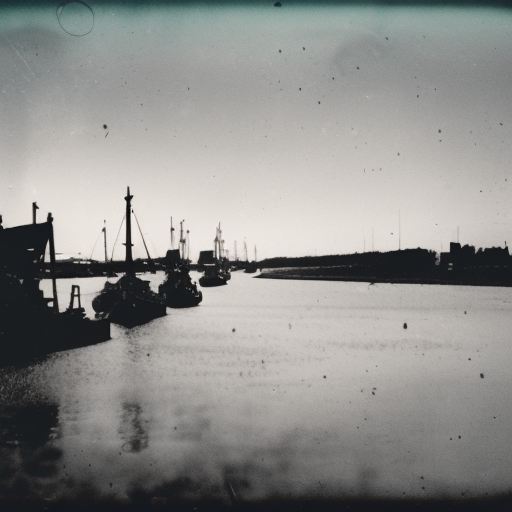Summary:
The Walcheren Campaign was a military expedition launched by the British in 1809 during the Napoleonic Wars. The objective was to capture the island of Walcheren in the Netherlands, which was under French control. The campaign ultimately failed due to poor planning, disease, and unfavorable weather conditions, resulting in heavy casualties for the British forces.
Background:
In 1809, Napoleon Bonaparte’s French Empire controlled much of Europe, including the Netherlands. The British, led by Prime Minister William Pitt the Younger, sought to weaken French control by launching an attack on Walcheren, an island strategically located at the mouth of the Scheldt River. The British hoped that capturing the island would disrupt French naval operations and potentially lead to the liberation of the Netherlands.
The Expedition:
The British launched the expedition in July 1809, sending a force of over 40,000 soldiers, along with a large naval fleet, to attack Walcheren. The campaign was initially successful, with the British capturing the nearby island of South Beveland and advancing towards Walcheren. However, the British faced several challenges that would ultimately lead to their defeat.
Disease and Casualties:
One of the major obstacles the British encountered was disease. The marshy terrain and stagnant water on Walcheren provided a breeding ground for mosquitoes, leading to an outbreak of malaria and other diseases among the troops. The British forces were ill-prepared to deal with these health issues, and the number of sick soldiers quickly rose. By the end of the campaign, over 4,000 British troops had died from disease, far outnumbering the casualties from enemy action.
Weather and Logistics:
The British also faced unfavorable weather conditions during the campaign. Heavy rains and storms hampered their progress and made it difficult to transport supplies and artillery. The British forces were unable to establish a secure supply line, leading to shortages of food and ammunition. These logistical challenges further weakened the British position and hindered their ability to sustain the campaign.
French Resistance:
The French, led by General Jean-Baptiste Bernadotte, put up a strong defense on Walcheren. They fortified their positions and launched counterattacks against the British. Despite the British capturing the town of Flushing, their advance was slowed by the French resistance. The British forces were unable to make significant gains and were eventually forced to withdraw.
Aftermath:
The Walcheren Campaign was a costly failure for the British. The expedition had achieved none of its objectives and had resulted in heavy casualties. The British government faced criticism for the poor planning and execution of the campaign, as well as the inadequate medical care provided to the troops. The failure of the campaign also highlighted the challenges of conducting military operations in unfamiliar environments and the importance of logistics and disease prevention.
Legacy:
The Walcheren Campaign is often remembered as a cautionary tale of military failure. It highlighted the need for proper planning, logistics, and medical care in military operations. The campaign also demonstrated the resilience of the French forces and their ability to defend against British attacks. Despite its failure, the campaign did succeed in diverting French resources and attention away from other theaters of war, providing some strategic advantage to the British in the broader context of the Napoleonic Wars.












